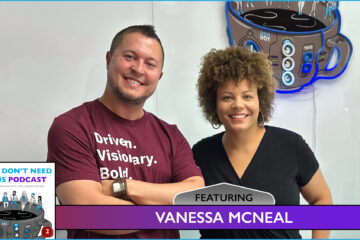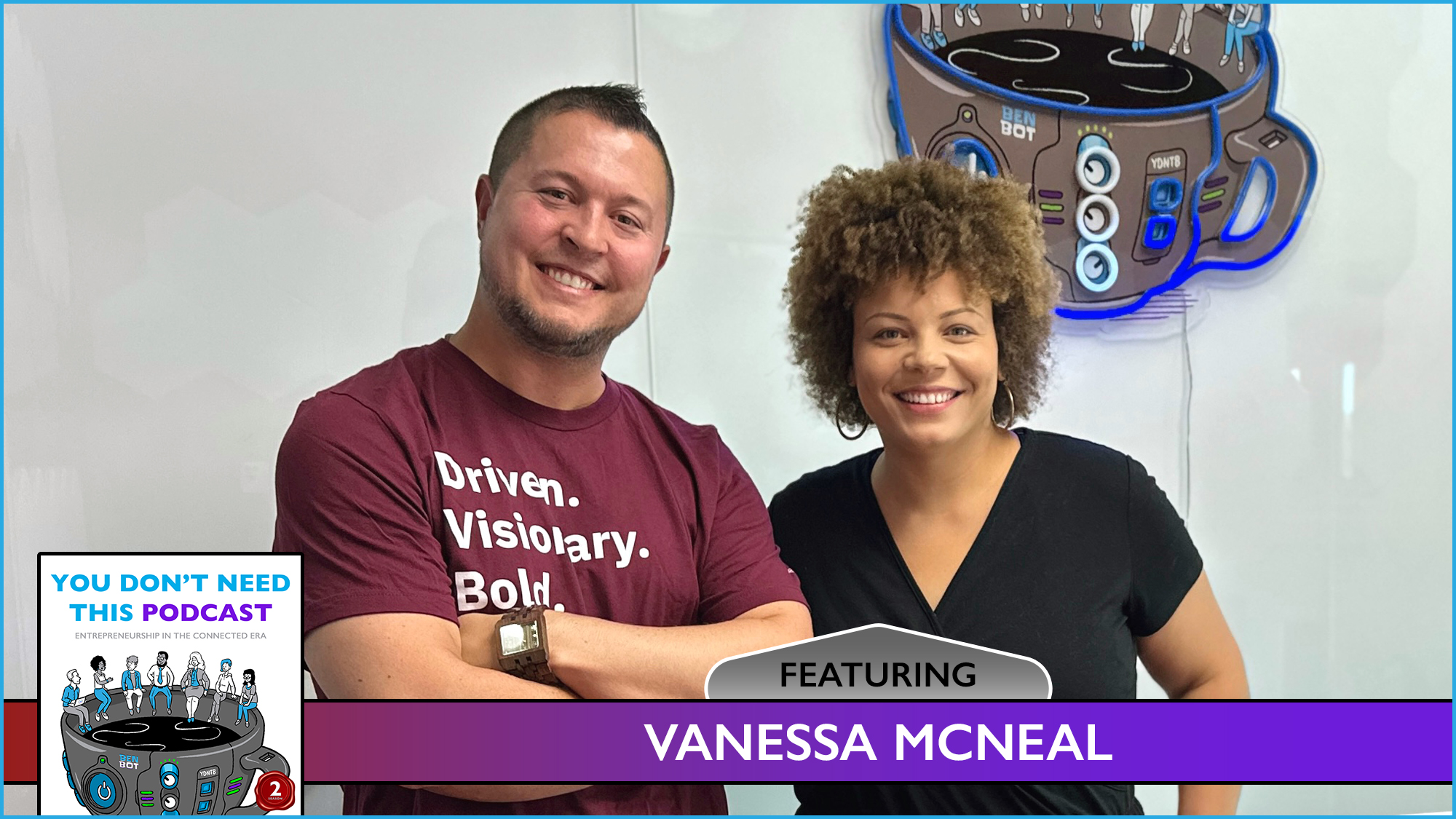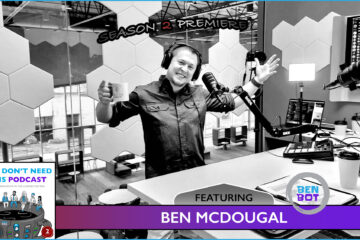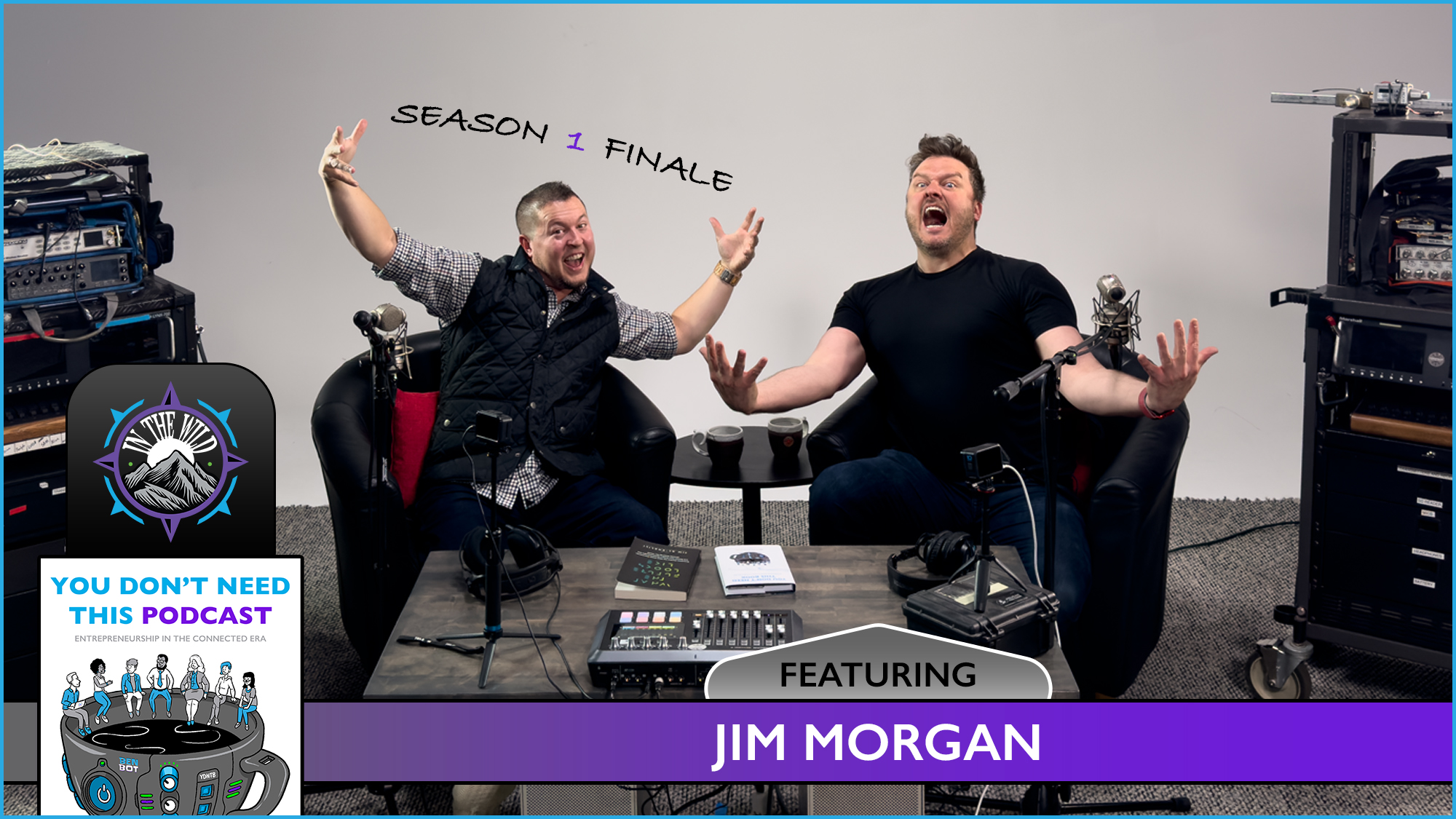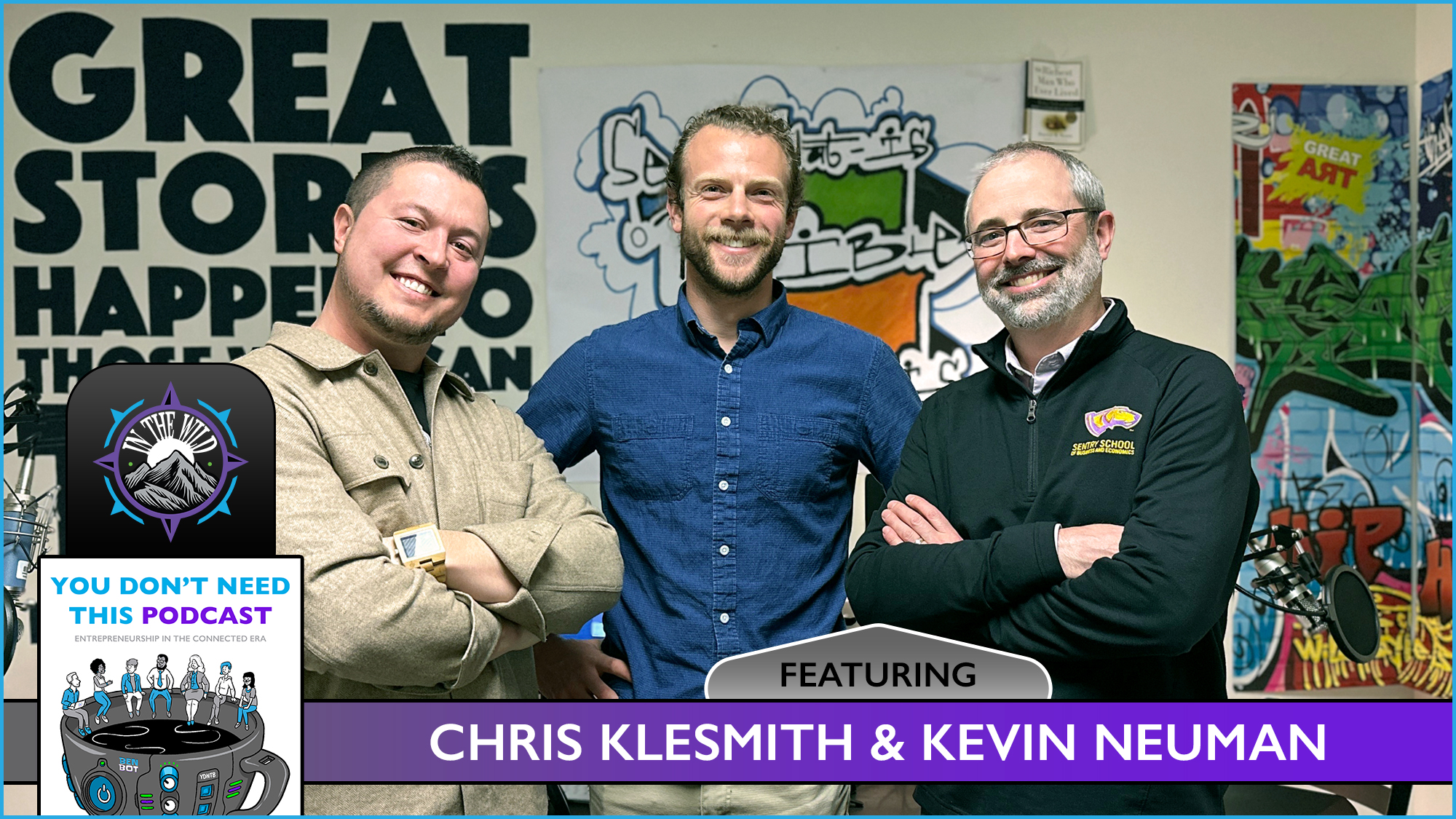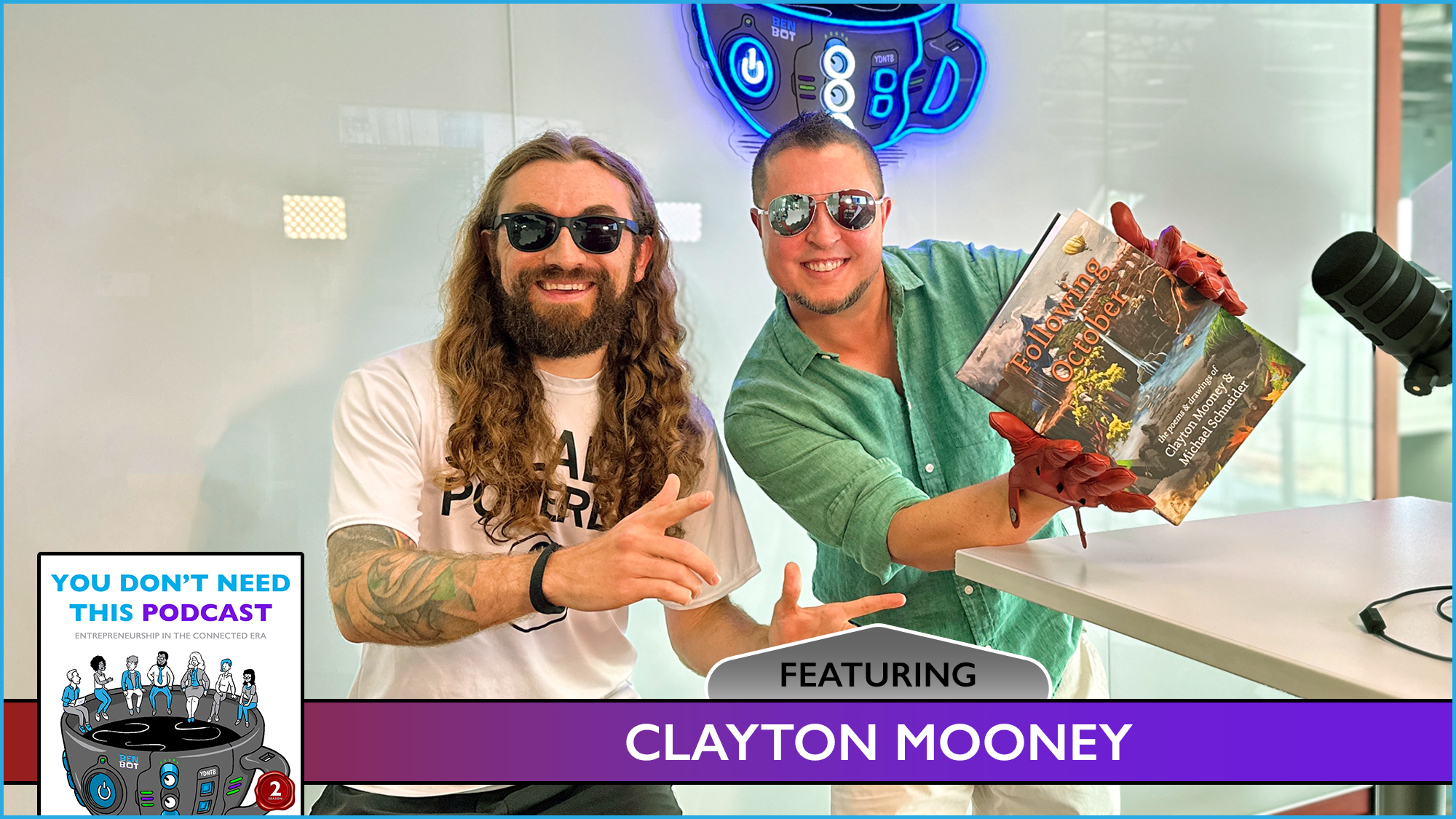
“Behind mountains, there are more mountains.”
Well spoken by Chief Farmer of Clayton Farms, Clayton Mooney. This dude runs a kabillion miles by running 20+ ultrarunning, went through Y Combinator, stays stoic with painting, writes, illustrates poetry books, played poker professionally back in the day, enjoys boxing, and has felt the summit of many mountains. Clayton arrived in his Tesla Cybertruck, so we tightened our driving gloves and cruised inside the Pour Over Publishing studio. You’re gonna love this early episode of Season 2 for You Don’t Need This Podcast!
As you’ll see/hear, the team at Clayton Farms have been growing technology on a thesis of providing food that people deserve. They’ve been building with aeroponics for indoor farming, delivered ultra-local greens directly to people’s doors, and are now converting closed restaurants into 24/7/365 farming. You’ve heard of farm-to-table. This is the future of farm-to-window.
LISTEN on APPLE PODCASTS
LISTEN on SPOTIFY
BONUS MATERIALS
https://ClaytonFarms.com
https://substack.com/@openclayton
https://x.com/MooneyMillions
Following October – Poetry Book
http://Always-Growing.YouDontNeedThisPodcast.com
http://YouDontNeedThisKeynote.com
http://CollectorHardbackEdition.com
http://RoastedReflections.com
http://BENBOT.ai
